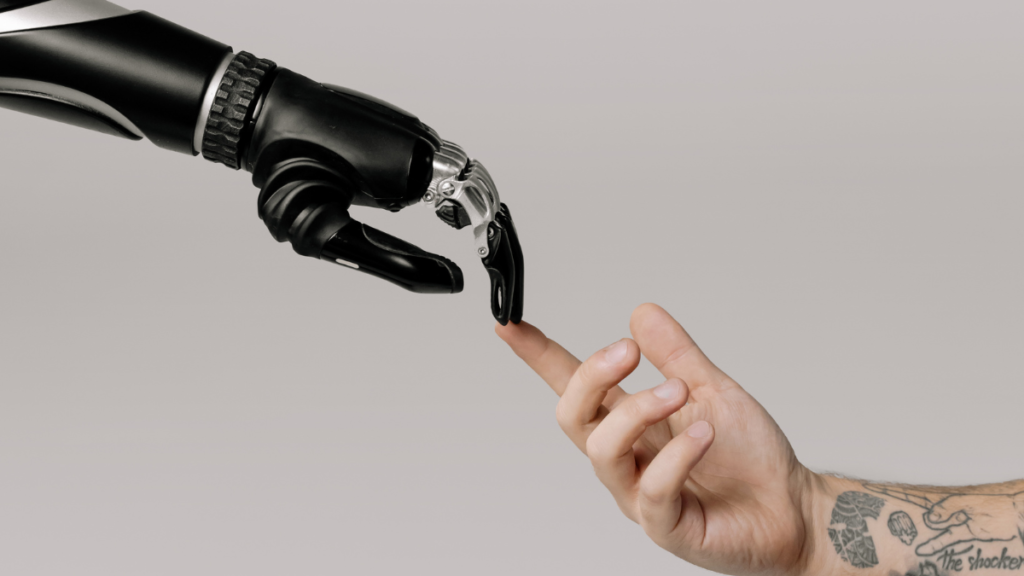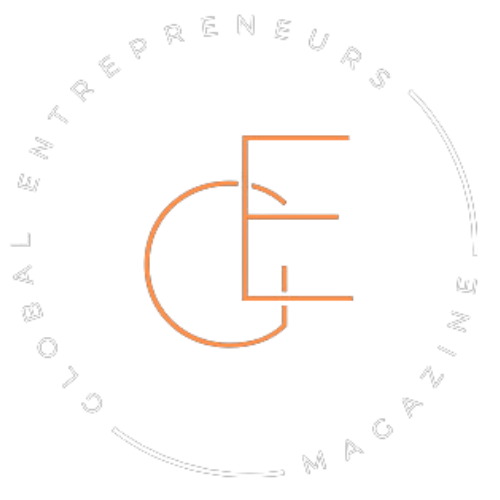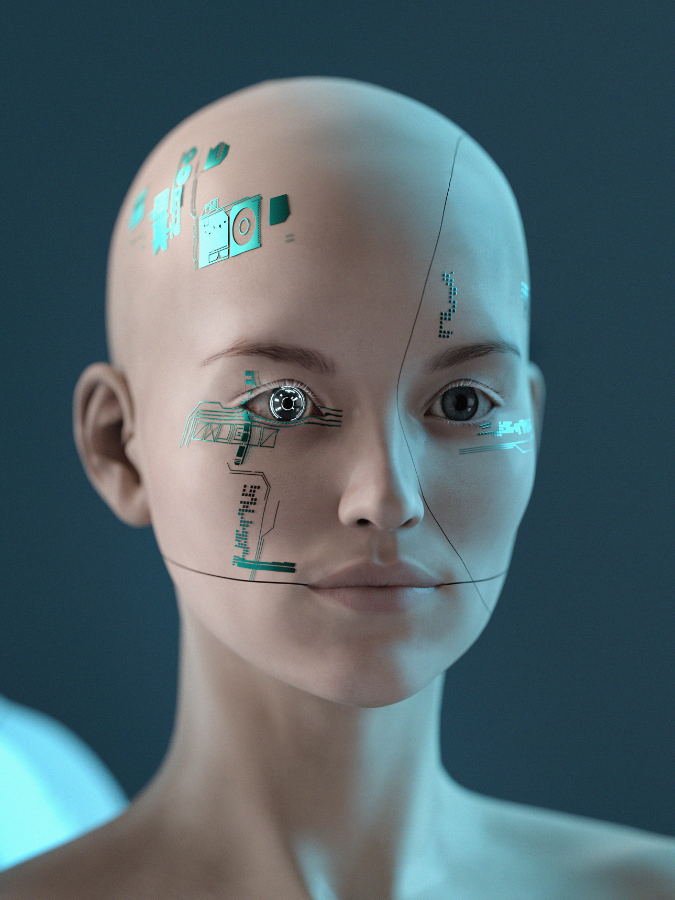She used to wear every hat. Founder. Marketer. Assistant. Night janitor.
There were no off-hours—just shifting roles.
Emails replied to on the treadmill. Product ideas scribbled on napkins during lunch. Social media captions written half-asleep. That was the rhythm. It wasn’t glamorous, but it felt like the only way to build something from scratch.
Then came burnout. The kind that doesn’t scream—it simmers. Everything gets slower, duller. Creativity fades. Decisions feel heavier. And for a while, she wondered if maybe this dream was too expensive.
But something changed.
Not a miracle. Not a sudden cash injection or a new hire.
Just a quiet tool that started taking little things off her plate.
A smart writing assistant for emails. A research tool that didn’t waste her time. A calendar that scheduled better than she could. Suddenly, things moved faster—but she wasn’t rushing.
She was still the founder. Still making the big calls. But now, she wasn’t alone.
That’s the shift we’re seeing everywhere.
Not entrepreneurs being replaced—but entrepreneurs being augmented.
Not “AI taking over”—but humans finally getting room to breathe.
Welcome to the rise of the augmented entrepreneur.
The myth of doing it all yourself
There was a time when doing everything alone was worn like a badge of honor.
You’d scroll through Instagram and see posts glorifying 18-hour workdays. Coffee-fueled all-nighters. Screenshots of jam-packed calendars. Somehow, the messier the grind looked, the more “real” the hustle seemed.
But here’s the part no one posted: the follow-up doctor visits. The missed birthdays. The constant brain fog. The quiet anxiety of never catching up.
This idea that building a business means doing it all alone? It’s not noble. It’s just outdated.
Sure, it sounds romantic. You versus the world. But the truth? Going solo often means doing ten jobs at 40%. You’re answering emails while your creativity flatlines. You’re handling customer service instead of building strategy. You’re editing video when you should be closing deals.
What you gain in control, you lose in depth.
And worse, you lose momentum. Not because you’re not capable—but because there’s a ceiling to how far one person can stretch. At some point, effort alone doesn’t scale.
That’s where many entrepreneurs get stuck. They hit a point where the grind doesn’t produce growth—it just wears them down.
But here’s the thing: there’s no trophy for burning out alone. No investor awards extra funding for exhaustion.
The smartest founders are starting to trade pride for practicality. They’re not chasing the title of “hardest working.” They’re building smarter, more sustainable paths—with help.
Real help. The kind that doesn’t need sleep, doesn’t get distracted, and shows up when called.
And that’s where things start to shift.
What it actually looks like to work with AI

No, it’s not some glowing robot sitting beside you in your home office.
It’s your email draft getting polished while you focus on the big pitch.
It’s your meeting notes turning into a to-do list—without you lifting a finger.
It’s your marketing ideas organized and expanded while you’re still mid-thought.
It looks like skipping the blank page.
It looks like faster answers when your brain’s tired.
It looks like a second brain that’s always on, quietly cleaning up the mess so you don’t have to.
You’re still in charge. Still making the final call. But now, instead of getting dragged down by the ten little things that steal your time, you’ve got help.
Not help in the form of another hire.
Not help that takes weeks to train.
Just a tool that shows up ready.
Some use it to write smarter reports. Others use it to plan content, explore trends, or even spot patterns in customer feedback.
And for the first time, those little wins—the ones that used to drain an entire afternoon—take minutes.
That’s not magic. That’s what it means to work with AI.
The skills that still matter most
No tool—no matter how fast, smart, or well-designed—can replace taste.
AI can write a caption, but it can’t feel the pulse of your audience.
It can draft options, but it won’t know which one hits the tone you want.
It can crunch numbers, but it won’t sense when something feels off.
That’s where you come in.
What sets augmented entrepreneurs apart isn’t that they use AI. It’s that they know what to do with it.
They’re not chasing shortcuts. They’re sharpening their edge. Strategy. Timing. Emotional intelligence. Brand voice. That instinct to pause, reframe, or say no—that’s human territory.
The best founders don’t hand everything over. They use AI to clear the fog, not steer the ship.
Because trust isn’t built by automation.
And vision doesn’t come from a prompt.
What still matters? Clarity. Taste. Leadership. Knowing your customers. Making tough calls. Saying something real in a sea of noise.
AI can support all of that. But it can’t create it.
That’s your job. And that’s where your value skyrockets.
The trap of going too far
Some people take the handoff too far.
They let AI write the pitch, plan the launch, and draft the customer replies.
They stop checking. Stop refining. Stop thinking.
At first, it feels efficient. Until the results start slipping.
Customers can tell.
The warmth fades.
The copy feels thin.
The brand starts to sound like everyone else.
There’s a difference between automation and abandonment.
And the line is easy to cross when you’re chasing speed.
A founder once automated their entire onboarding sequence—from emails to FAQs to the welcome call script. On paper, it saved hours. In reality, it tanked retention. People felt unseen. The experience felt hollow.
It’s not that AI failed. It’s that no one showed up to shape the tone.
This is the risk: when you treat AI like a replacement instead of a partner, you lose what made your business worth caring about in the first place.
So yes, use the tools.
But stay in the room.
What the future really rewards: the hybrid
The ones winning right now? They’re not the loudest. They’re not riding every trend. They’re the quiet builders who’ve figured out the balance.
They know where their brain shines—and where it stalls.
They know when to let the tools work—and when to step in with a gut check.
They’re not chasing perfection. They’re chasing momentum.
One founder uses AI to prep research notes before every sales call. Another maps out their weekly strategy with help from a planning assistant that doesn’t miss a beat. Another? They use it to test copy before it hits the ad platform.
None of these moves are headline-worthy. But stack them together, and something happens:
More clarity. Fewer mistakes. Better energy.
This is the hybrid era. The rise of the entrepreneur who doesn’t try to outwork the clock—but outsmarts it.
Not because they’re geniuses.
Because they stopped pretending they had to do everything alone.
And that shift? It’s what separates the exhausted from the
A final note to the skeptics
If all this sounds a bit too shiny, that’s fair.
You’ve probably seen the hype. The headlines. The endless tools promising to “change everything.”
It’s exhausting. And if you’ve built your business brick by brick, it’s hard not to roll your eyes at shortcuts.
But this isn’t about shortcuts.
It’s about relief.
Not from the hard work—but from the noise that keeps you from doing your best work.
You don’t need to become an AI expert. You don’t need to automate your entire operation. You just need to ask one question: what’s something I’m doing right now that I don’t have to?
That’s where you start.
Maybe it’s drafting emails.
Maybe it’s rewriting meeting notes.
Maybe it’s sorting through customer feedback.
Start there. Try one tool. One task. One shift.
You’re not giving up control. You’re buying back time.
Because in the end, it’s not about man versus machine.
It’s about what happens when you stop trying to do it all—and finally give yourself some room to build.unstoppable.




